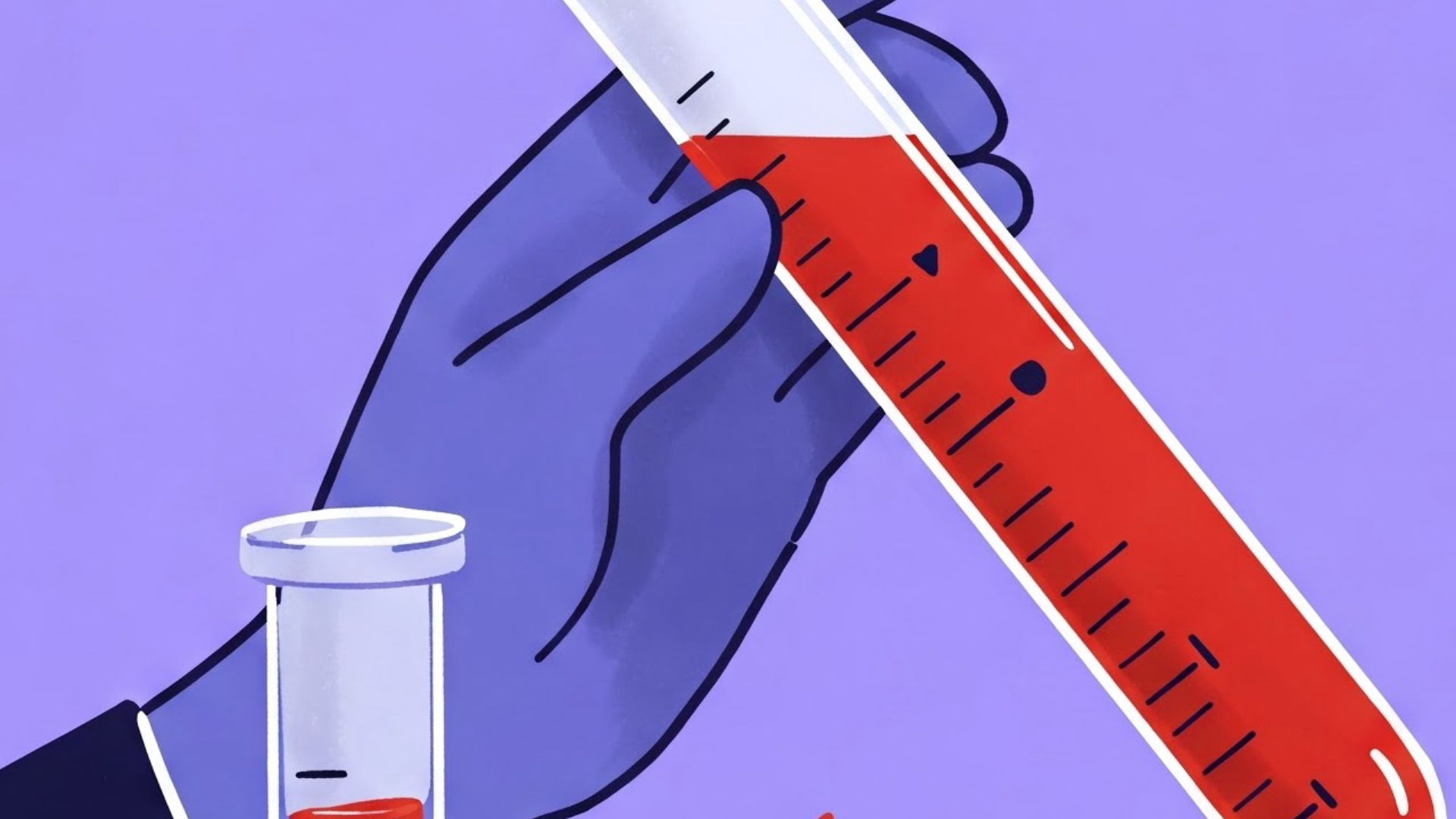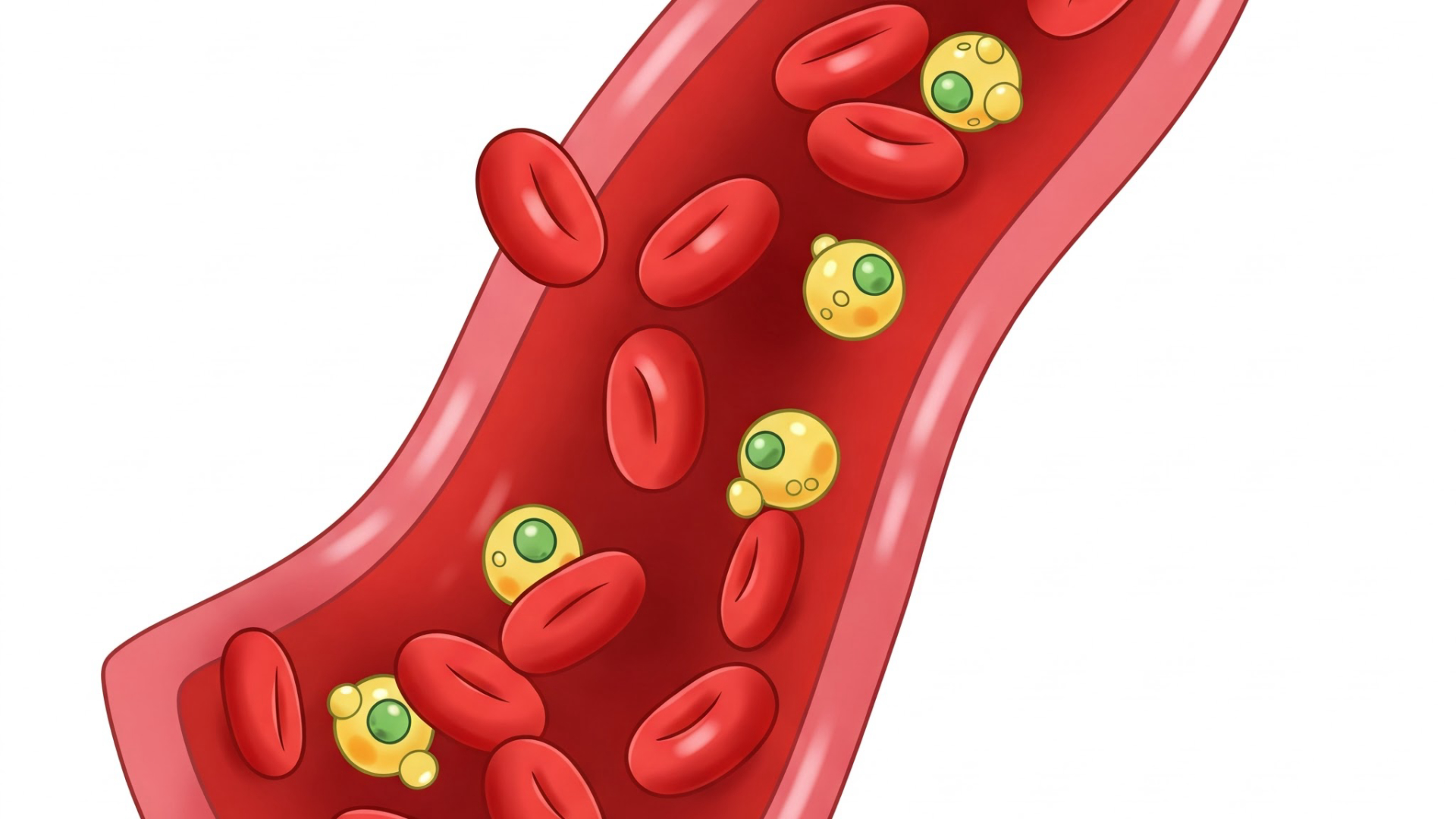Giardiasis: How does Giardia lamblia cause diarrhea, abdominal pain, and infection, especially in developing countries?
Published on 02/10/2025 · 5 min readGiardiasis, a common intestinal infection, particularly prevalent in developing countries, is caused by the protozoan flagellate Giardia lamblia (also known as Giardia intestinalis). This blog post will explore how this parasite leads to symptoms like diarrhea and abdominal pain, and why it's a significant health concern.
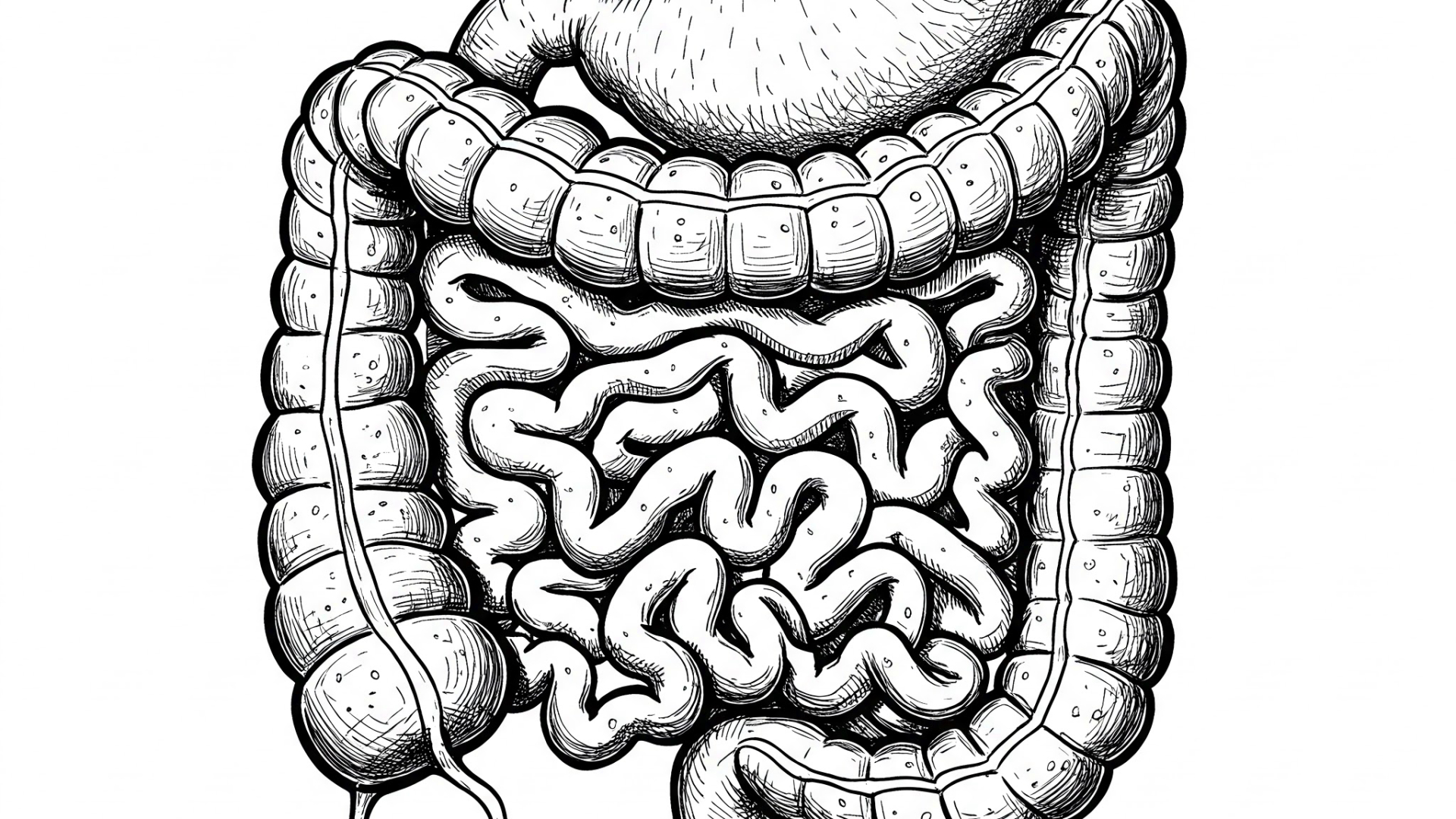
Table of Contents
Understanding Giardia lambliaThe Infection ProcessKey Steps of InfectionSymptoms and ComplicationsWhy Developing Countries are More AffectedDiagnosis and TreatmentDiagnosisTreatmentPrevention
Understanding Giardia lamblia
Giardia lamblia exists in two forms:
- Cysts: The infective form, about 10 micrometers in diameter, ovoid in shape, and containing four nuclei. These cysts are resilient and can survive for months in warm climates.
- Trophozoites: The mobile form, pear-shaped, with eight flagella, enabling movement. They possess suction discs for attachment to the intestinal mucosa and contain two nuclei.
The Infection Process
Infection begins when a person ingests Giardia cysts through contaminated water or food. The cysts travel through the esophagus and stomach to the small intestine, specifically the duodenum.
Key Steps of Infection:
- Excystation: In the small intestine, each cyst releases two trophozoites.
- Multiplication: Trophozoites multiply via longitudinal binary fission.
- Attachment: Trophozoites attach to the villi of the small intestine using their suction discs, causing inflammation and malabsorption.
- Encystation: As trophozoites move to the colon, they transform back into cysts, which are then excreted in feces.
Symptoms and Complications
Giardiasis symptoms include:
- Abdominal pain and cramps
- Nausea
- Diarrhea (usually without blood or mucus)
Chronic infections can lead to vitamin B12 malabsorption and lactose intolerance.
Why Developing Countries are More Affected
Giardiasis is a major issue in developing countries due to:
- Overcrowding
- Poor sanitation
- Contaminated water supplies
Children are particularly vulnerable in these regions.
Diagnosis and Treatment
Diagnosis:
- Microscopic examination of stool for cysts.
- String test (if stool examination is negative) to collect samples from the small intestine.
Treatment:
Metronidazole is the primary medication used to treat giardiasis.
Prevention
Preventing giardiasis involves:
- Practicing good hygiene, especially handwashing.
- Ensuring clean water sources.
- Proper food handling and preparation.
For more information, consult your healthcare provider or refer to resources from the Centers for Disease Control and Prevention (CDC).
Shop related blood tests
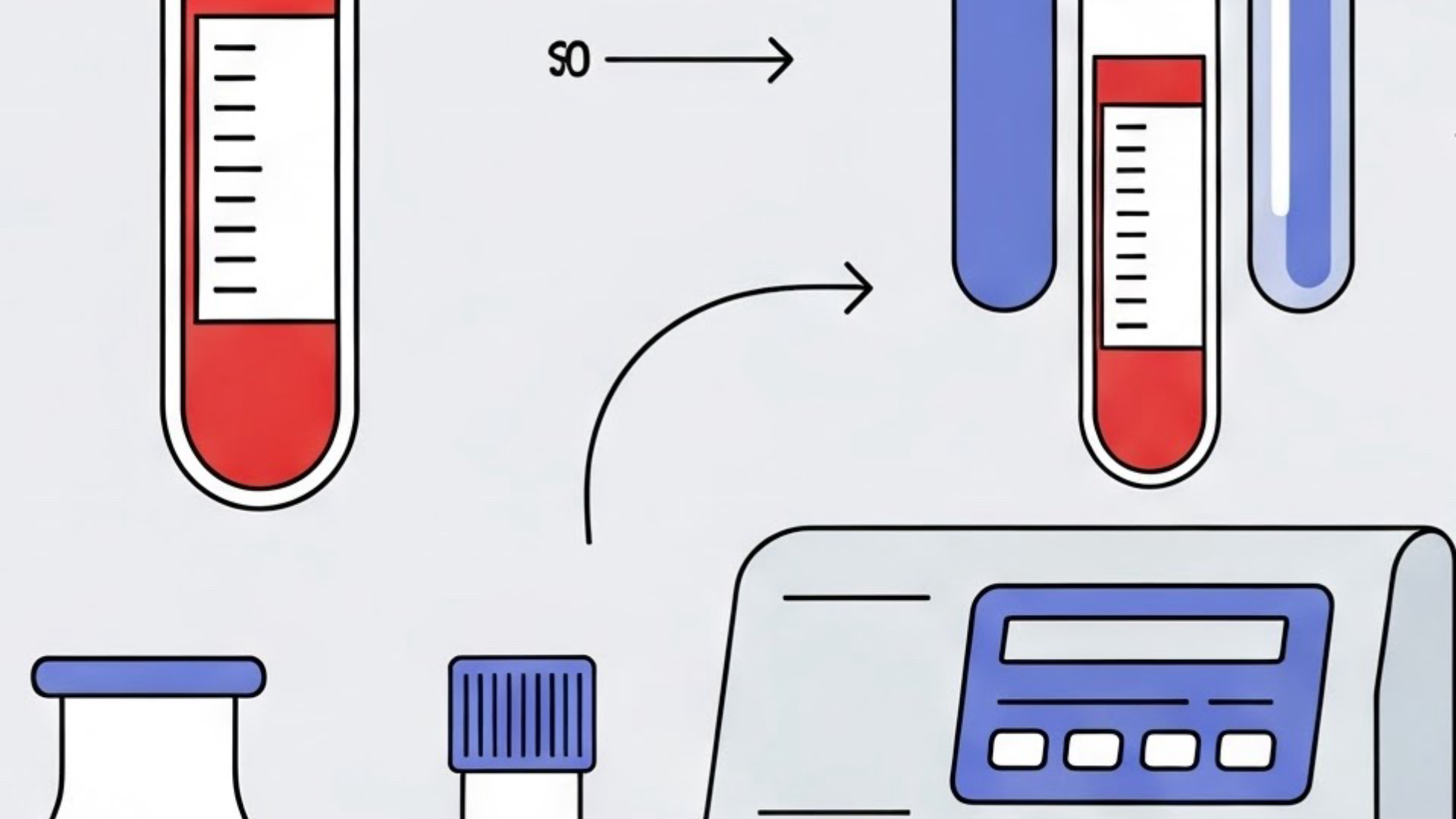
Comprehensive Metabolic Panel (CMP)
This panel provides a broad overview of metabolic function, including liver and kidney function, electrolyte balance, and glucose levels. While not directly diagnostic of giardiasis, it can reveal complications or comorbidities. Additionally, it can help evaluate overall patient health.
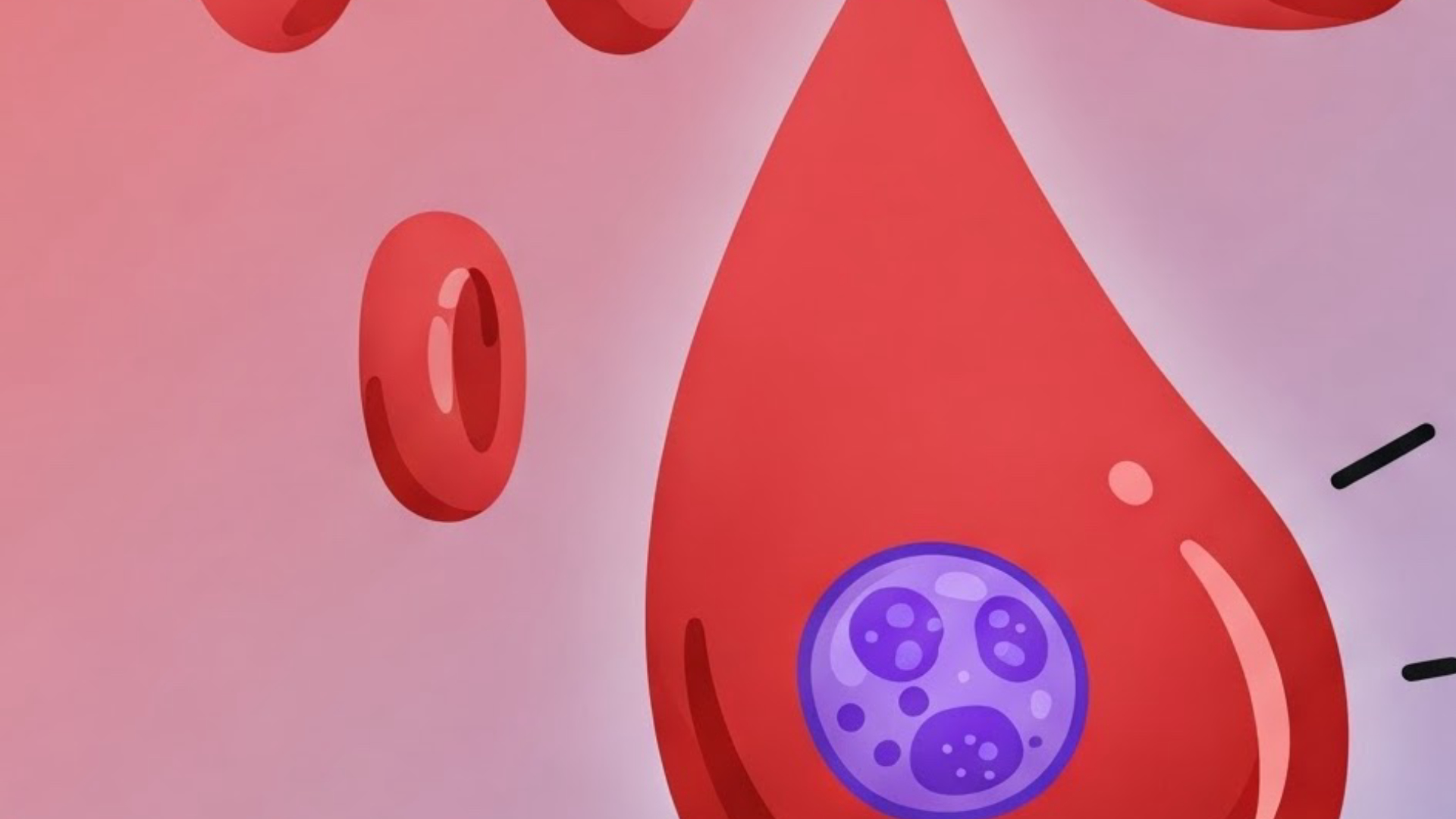
CBC (H/H, RBC, Indices, WBC, Plt)
A complete blood count can assess for signs of infection or anemia. While giardiasis typically doesn't cause significant blood changes, it's a useful baseline and can help identify other potential issues. Additionally, in chronic cases, it can help identify possible signs of malabsorption.
Read next
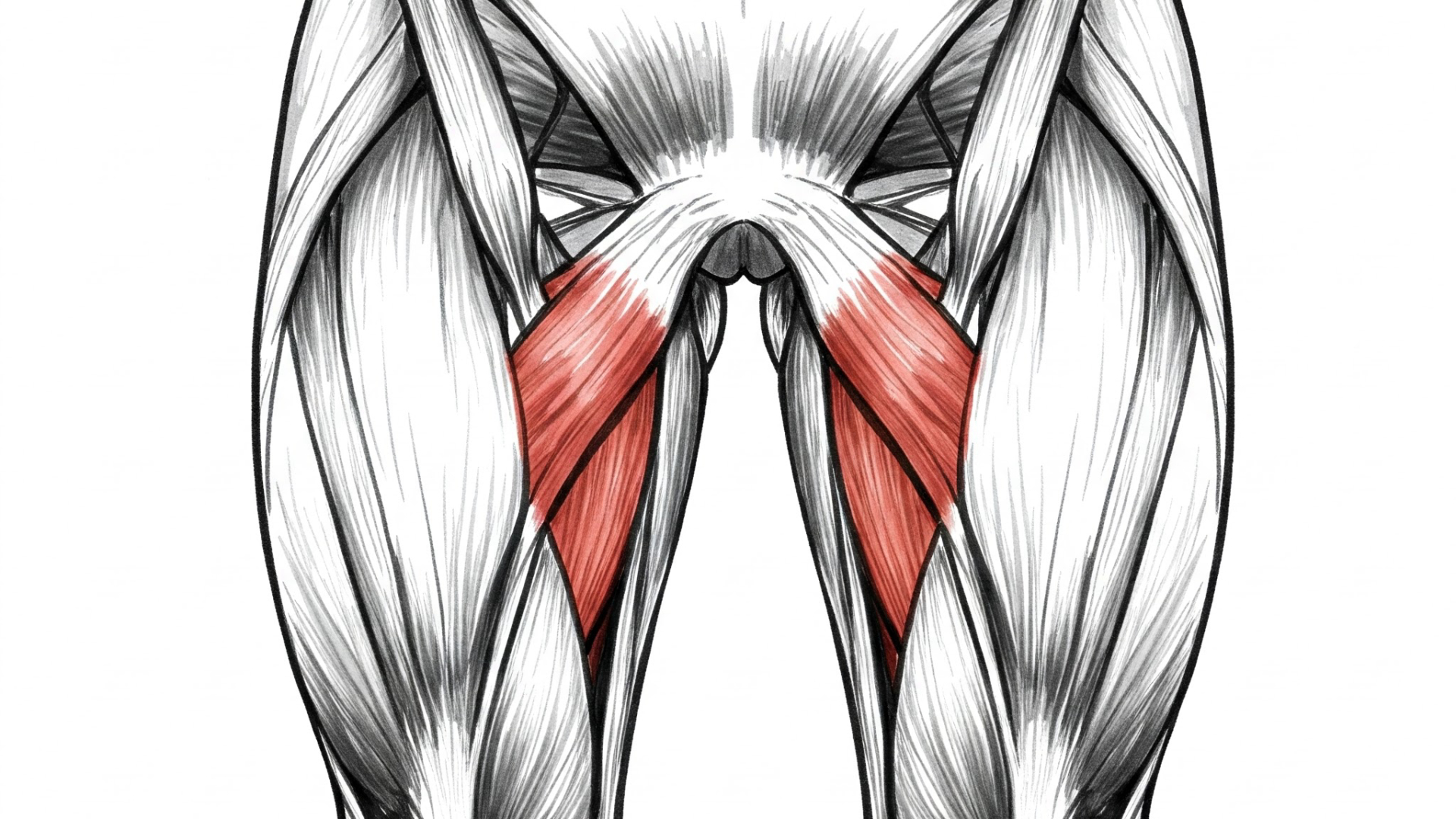 Written on 02/27/2025
Written on 02/27/2025How Do You Determine R vs S Configuration of a Chiral Carbon Based on Atomic Priority and Spatial Arrangement?
In organic chemistry, understanding the spatial arrangement of atoms in a molecule is crucial, especially when dealing with chiral molecules. Chiral carbons, those bonded to four different substituents, can have two non-superimposable mirror images called enantiomers. To distinguish between these enantiomers, we use the R/S system of absolute configuration. But how exactly do we determine if a chiral carbon is R or S? Read more
 Written on 03/01/2025
Written on 03/01/2025What Are Common Urine Crystals and Their Shapes? (Calcium Oxalate, Cysteine, Struvite, Uric Acid)
Have you ever wondered what those tiny particles in urine sediment under a microscope could mean? Identifying urine crystals by their distinct shapes can provide valuable clues about the type of kidney stones a person might have. This is a high-yield topic, especially for medical board exams! Read more
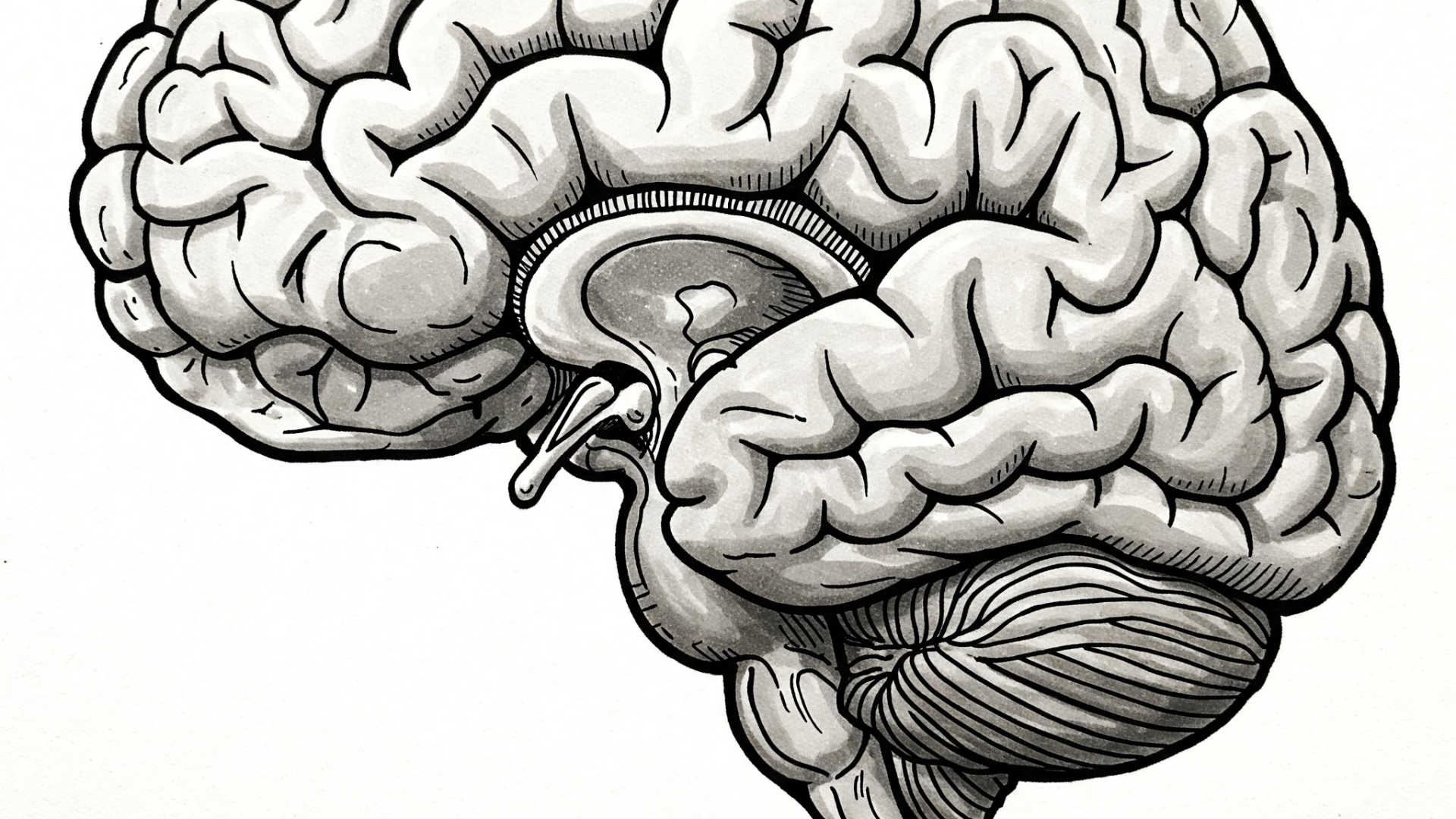 Written on 03/02/2025
Written on 03/02/2025What is Korsakoff Syndrome, its causes including thiamine deficiency and alcoholism, key symptoms like amnesia and confabulation, affected brain regions, diagnosis, and treatment with vitamin B1?
Ever wondered about a condition that intricately links memory, nutrition, and even excessive alcohol consumption? Let's dive into Korsakoff Syndrome, a fascinating yet serious neurological disorder. Read more
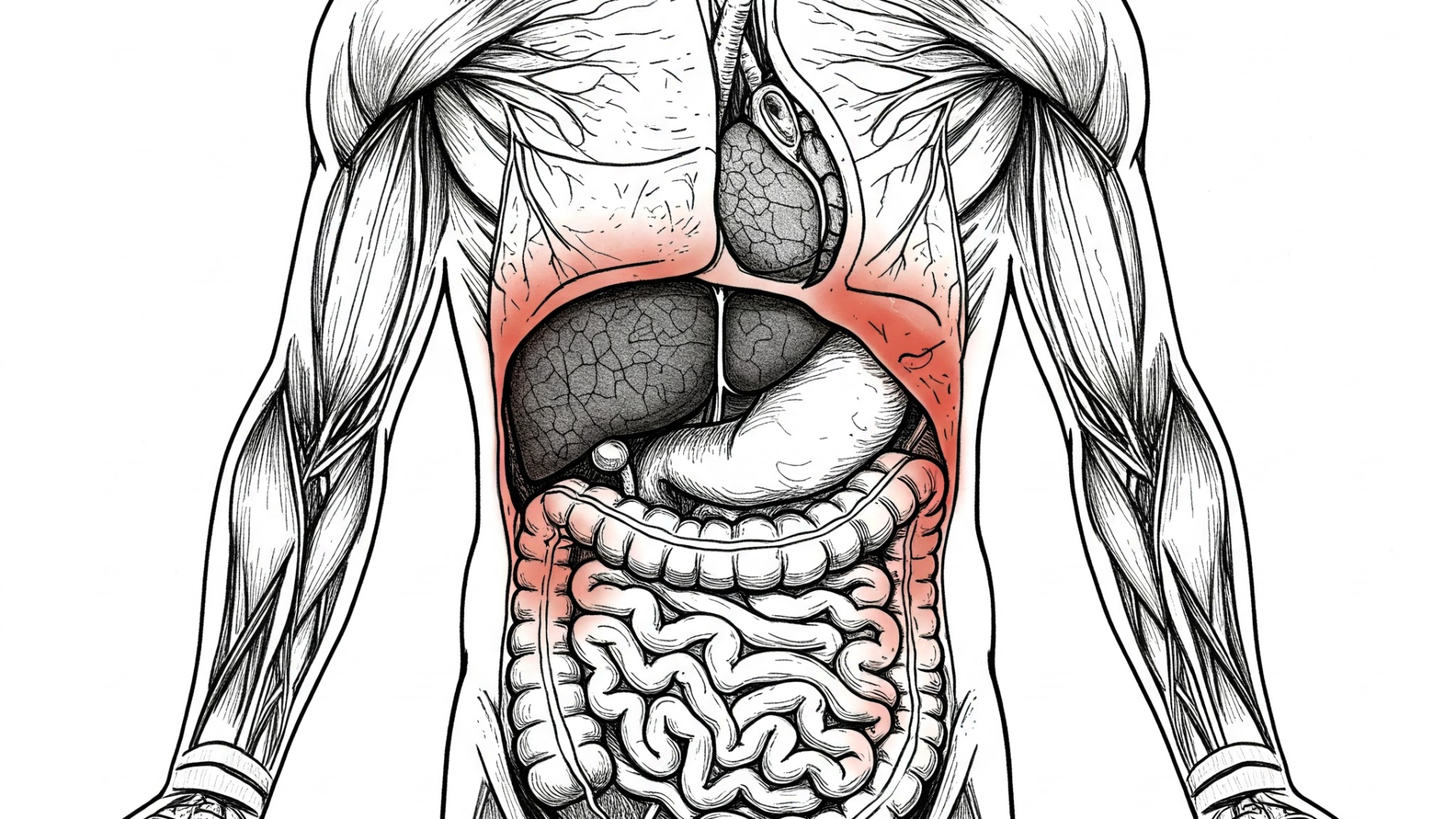 Written on 03/04/2025
Written on 03/04/2025What Is Niacin, What Are Its Functions, What Happens in Deficiency, and How Is It Treated?
Niacin, also known as vitamin B3, nicotinic acid, or nicotinamide, is an essential water-soluble vitamin with a fascinating dual role in the human body. At lower doses, it acts as a crucial vitamin, while at higher doses, it exhibits properties that make it an effective treatment for hyperlipidemia (high cholesterol). Read more
